Last updated on March 25th, 2024
Featured image: Uxmal is just one of the places to visit close to Merida, Mexico / Photo by Carolyn Ray
What I learned from my three months in Merida, Mexico
by Carolyn Ray
For three months in 2021, Merida, Mexico was my home away from home. From November 2021 to February 2022, I lived in the historic centre, doing day trips to nearby Progreso Beach, UNESCO archaeological sites like Chichen Itza and Uxmal, and a road trip to Quintana Roo in January. I also did a day trip to Ria Celestun Biosphere Reserve, home to one of the largest pink flamingo populations in the world.
Mérida was founded in 1542 by Montejo y León (“el Mozo”) and named after the town of Mérida in Extremadura, Spain. The average high temperature in the winter is 18-34 Celcius, making it the perfect time to visit for those who don’t like heat and humidity. Unlike San Miguel, the sidewalks are wider and more modern (no cobblestones) but you do have to be very cautious crossing, as turning buses and cars do not stop for pedestrians. Fortunately, most of the streets are one-way so you can cross with the lights.
In Merida, I took Spanish classes every day at Calle 55 Spanish School and learning about the history of this colonial city, which is approaching its 480th anniversary.
About Merida, Mexico
In Merida, there are four neighbourhoods, or barrios, including Santa Lucia, Santa Ana, Santiago and Merjorada, each with its own plaza, church and market. My favorite so far is Santa Lucia, with its restaurants, live events and quaint shops. There are free events almost every day – concerts, orchestras and dances. (Yucatan Today has a full list). If you want to start learning about Merida, I recommend the Merida Mexico Expat Community on Facebook, Life in Merida by Amy Jones and Yucatan Today
Why Merida, Mexico is perfect for long stays
There’s so much to see in and near Merida, making it the perfect place to explore thee Yucatan. There’s also a large ex-pat community in Merida, both Canadians and Americans. Make sure you join the Merida English Library, which also hosts local events.
My don’t miss list includes hstorical sites and museums like: Merida Centro, The San Ildefonso Cathedral, Merida City Museum, Great Museum of the Mayan World, Palacio Canton: Anthropology and History Museum, and Casa Montejo Museum. For day trips, viist Izamal, Valladolid, Las Coloradas, part of the Ria Lagartos Biosphere Reserve (go at the right time of year, when the flamingoes are there!) It’s easy to take a local bus to Progreso Beach. Just a whlie up the road is Chicxulub Puerto, Progreso Beach (Impact site of the meterorite that was believed to have wiped out the dinosaurs), which you’ll need a car for. For cenotes, try Cenote Xkeke, Ek-Balam Archaeological Site and Cenote and archaelogical sites including Chichen Itza and Uxmal. If you can, go see a performance at the José Peón Contreras Theater, home of the Yucatan Symphony. What can you skip? Bacalar Lagoon, near Belize
Where to Stay in Merida, Mexico
To experience the entire city, I stayed in five different homestays, which sounds like a lot, but the first was for three weeks in Merida Centro, the oldest part of the city.
San Miguel Casa Las Palomas
Hosted by Ricardo, this was home for three weeks upon my arrival in San Miguel. It’s outside Centro, which isn’t for everyone, but I liked it because it let me see the ‘real’ SMA, not the tourist version. This three-story home also had a small apartment which my daughter stayed in for a week when she came to visit. And the views – sunrises and sunsets – were fabulous. Ricardo, who lives there, is an artist from Vancouver and a wonderful host in every way. I would definitely return. Book it here
Puerto Escondido: Best views in PE
On the third floor of a four-story building, this condo had stunning views as promised and great wifi. There is an elevator but I usually took the stairs. Well-outfitted kitchen and about a 10 minute walk to the main beach. Very responsive and helpful owner. Would have liked to stay longer but it’s a bit too expensive. Book it here
Puerto Escondido: Ocean-view apartment
Located near the Rincon and Playa this two-bedroom apartment featured an outdoor hammock and workspace that I loved, plus a full kitchen. Great wifi. Book it here
Merida: Casa de Tio
A stunning casa, beautifully. decorated with a pool that I used every day to escape the heat. I loved this homestay, where I lived for three weeks, but it was a bit too far outside Centro for my liking and a bit of a walk to amenities. The outside stairs were also treacherous in the rain. Book it here
Merida: Santa Lucia
I saw this apartment heavily promoted on many sites, and while it was lovely, it was a very busy street and very noisy. With no rugs on the floors, it felt a bit industrial to me but I did enjoy the outdoor shower and pool And the location can’t be beat -Santa Lucia was literally out the back door. Book it here
Merida: Villa in Santiago
Hands down loved it. Santiago is so pretty with its architecture and colourful buildings. The owner was incredibly responsive and the manager, Patrick, was on site. The shared kitchen is fully stocked. and the property is stunning. Perfect for solo women (I met several) with only eight rooms. Stay on the second floor and enjoy the hammocks. Book it here
Merida: Casita with Roof Garden
Owned by Lemeux, who lives on the premises, this was my favourite — because of her. She invited us to her home for cocktails, for dinner and offered us her driver. Such a wonderful stay in a beautifully designed casita. It felt (better than) home. Book it here
What to see in Merida
Merida Centro: Colonial buildings and Cathedrals
The San Ildefonso Cathedral is the oldest in all of the Americas, started in 1541 and completed in 1598. Every Friday night in Merida the Cathedral of Mérida is illuminated with lights and history with a video mapping presentation called “Piedras Sagradas, or “Sacred Stones.” This sound-and-light show is projected on the facade of the historic cathedral, telling the story of the White City’s history, including conquistadores, ships, flowers and abstract designs. ⠀
Merida was built on the ruins of the Maya settlement T’ho, or ‘City of Five Hills’, and labourers constructed many buildings, including the Cathedral, from the stones of the ancient pyramids which once were in this location. It’s almost impossible to understand this area without appreciating Maya culture, so make sure you visit the Great Museum of the Mayan World of Mérida.
Casa Montejo, the original 16th century home of the conquistador of Yucatán, Francisco de Montejo, is now a museum. It has just re-opened and offers small tours of 10 people three times a day. The interior is quite beautiful, and there’s a rather jarring mural that shows what the surrounding area looked like in the 1500s, when it was built. There are some beautiful colonial buildings in Centro, and not all of the museums have reopened yet.
Sundays are reserved for the Biciruta on Paseo de Montejo from 8 am to 12:30 pm. Roads are closed to traffic, and you can rent a bike, walk or skate along this history boulevard, stop for bench or coffee and enjoy the stunning homes. Modelled after the Champs de Elysees in Paris, this tree-lined street features beautiful mansions and palaces built in the 15th century.

Photo: Unsplash
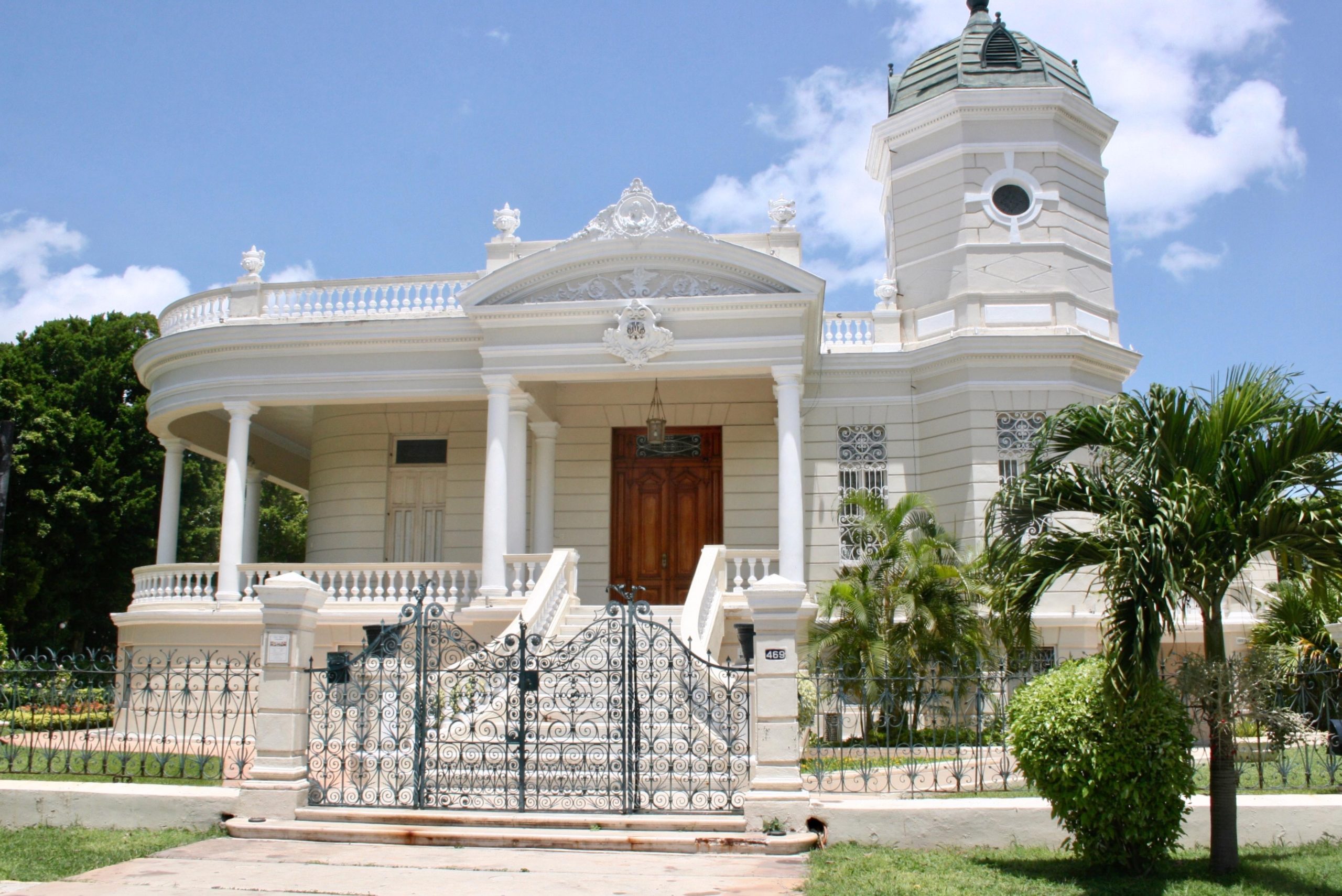
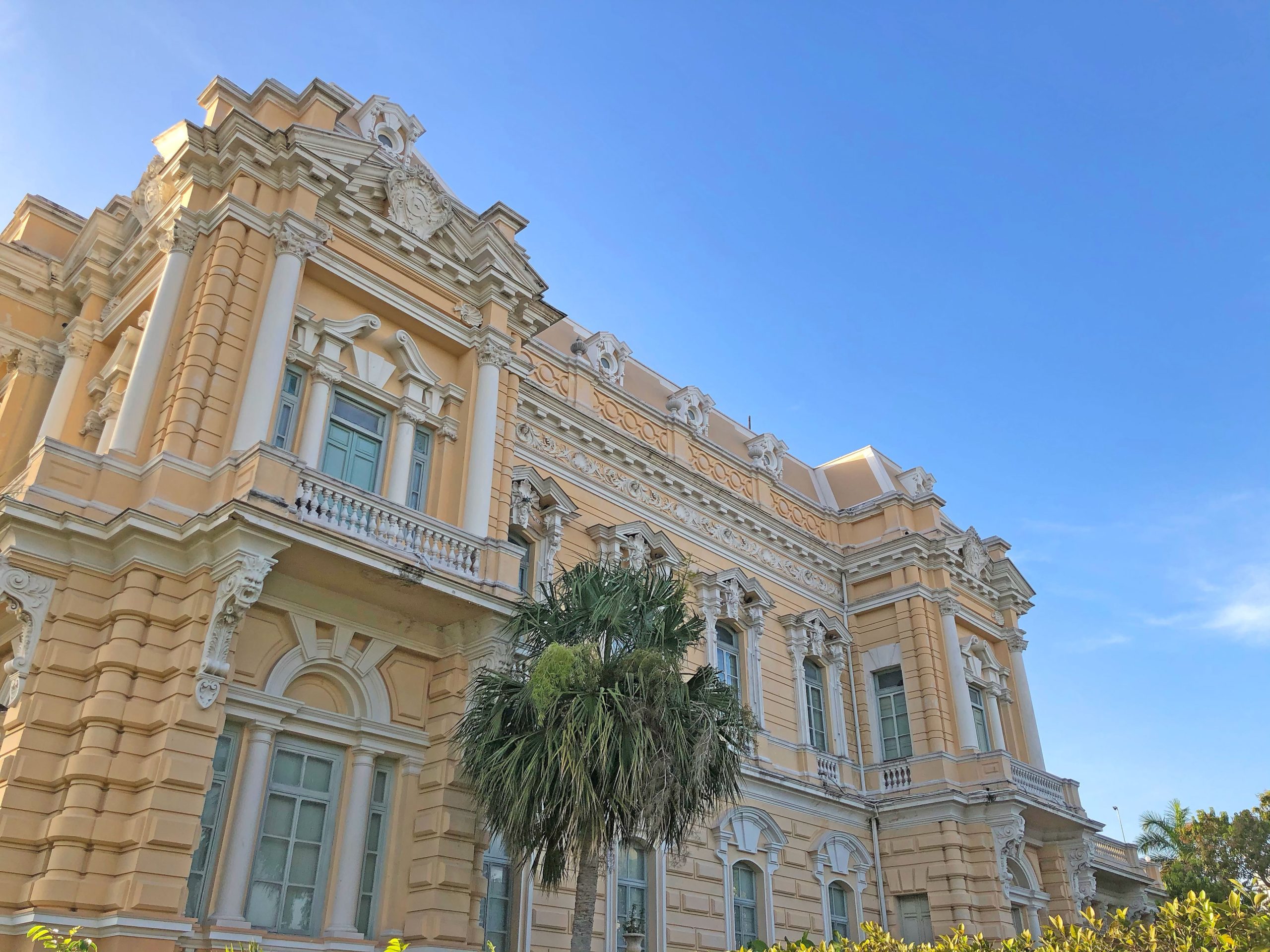
Five Day Trips from Merida, Mexico
#1: Playa Progreso
This is the closest beach to Merida and the best-known. It is about 30 minutes by car or 45-60 on the bus, which leaves from downtown Merida. The bus costs $41 pesos return and leaves every 15 minutes. I’ve gone twice and it’s usually on time. You need a mask to board and there are plastic sheets between seats. It makes several stops along the way, so if you’re in a hurry take an Uber. The bus arrives very close to the beach.
It’s not my favorite beach in the world, particularly after spending two weeks in Puerto Escondido, but I do love the ocean. The 6.5 km pier that runs through the middle of it is reportedly the longest in the world and I was surprised to see the industrial traffic on it not realizing it was a busy port. There are restaurants along the beach, a short Malecon and beach chairs and umbrellas available for rent. I chose to sit on the sand rather than pay $200 pesos for a chair. There are also some good restaurants on the main street if you find the beach area too busy, which it can be on Sundays.
What I liked about this beach is that it has an accessible entry point, and I watched several people use a ramp right into the water, something I don’t see often enough on beaches.
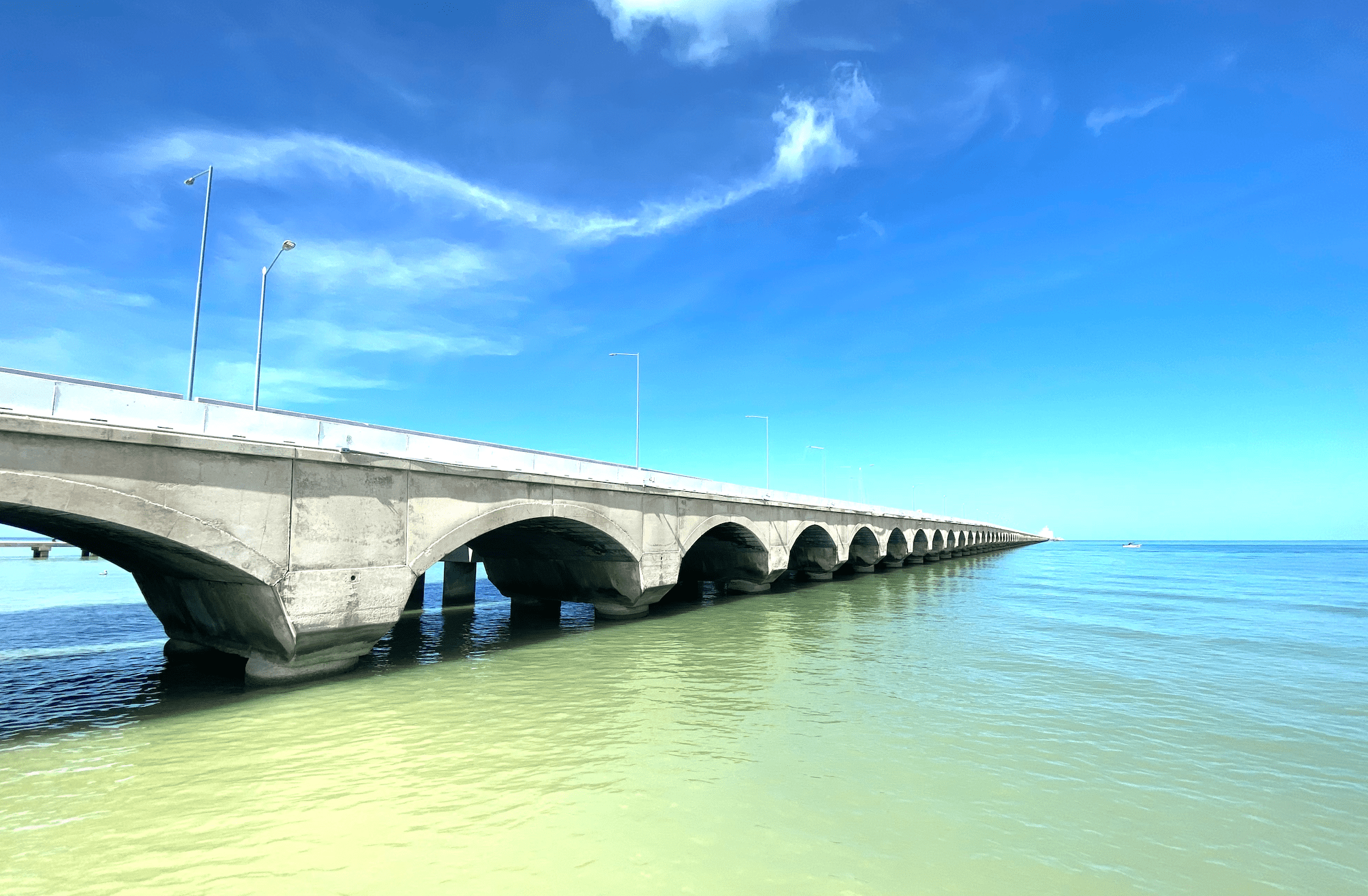
The bridge at Progreso Beach / Photo credit Carolyn Ray
#2: Cenote Xkeke: an otherworldly adventure
In Yucatán, it is believed that more than 10,000 cenotes exist, of which only 2,000 have been found and explored. I swam in Cenote Xkeke, 10 km south of Valladolid, in an experience I can only describe as awe-inspiring. Suspended on the clear, turquoise water in my life jacket, I felt this incredible connection to the earth that literally took my breath away. As I looked down, small fish swam around me, and above me, icicle-shaped stalactites dripped down from the ceiling, with a small opening at the top to let the sunlight in. I said a quiet prayer to the universe, grateful for the moment.
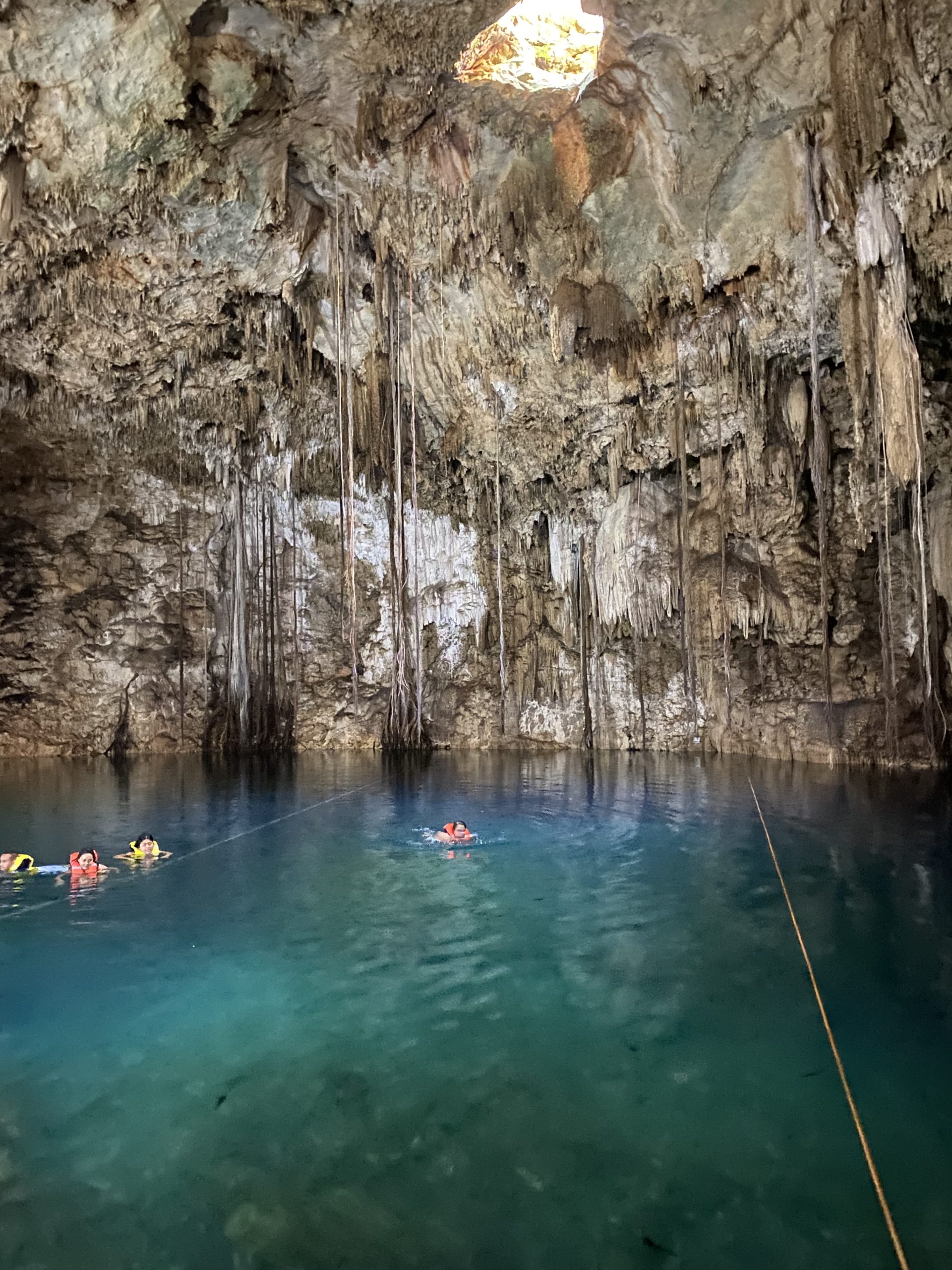
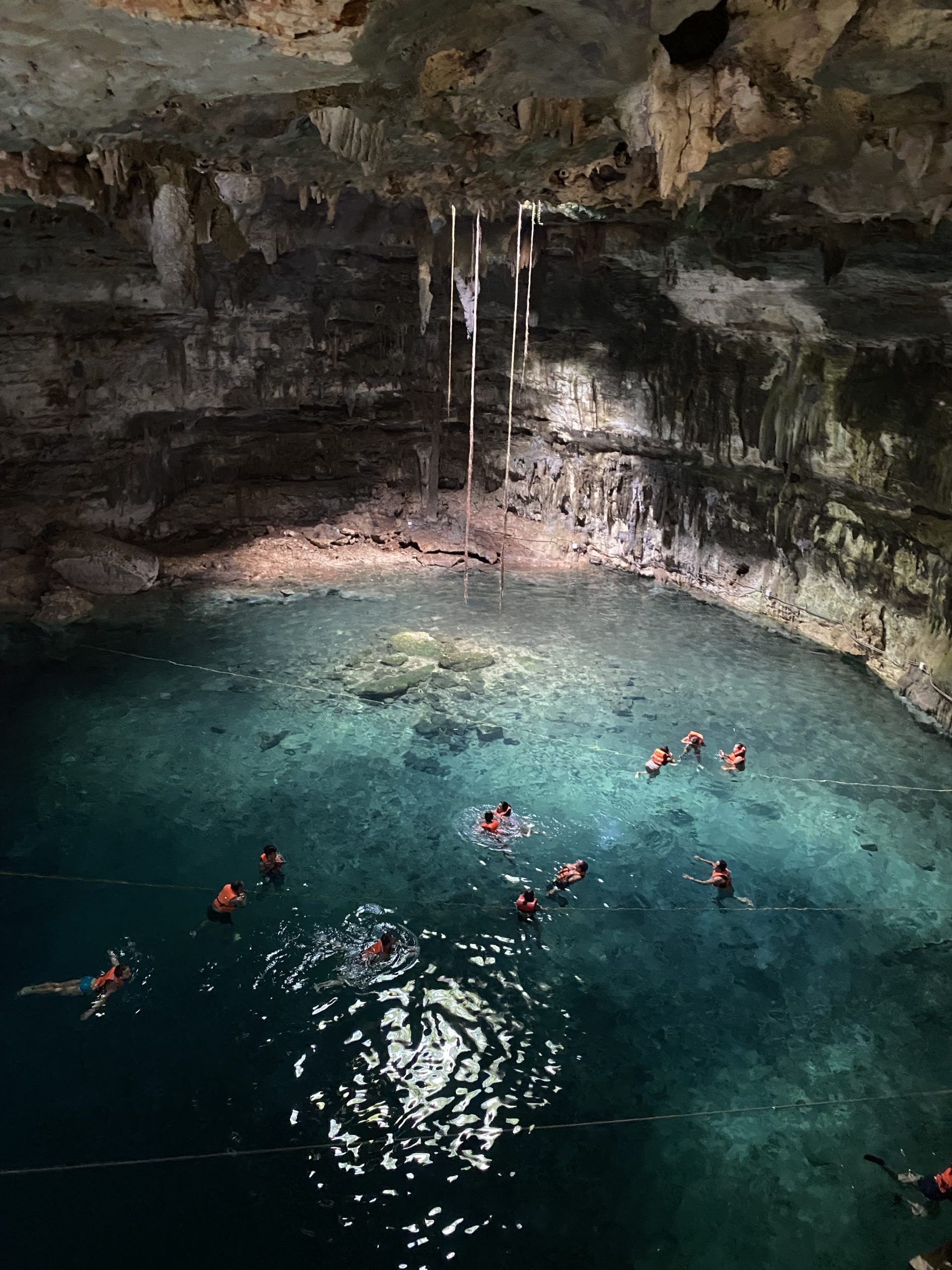
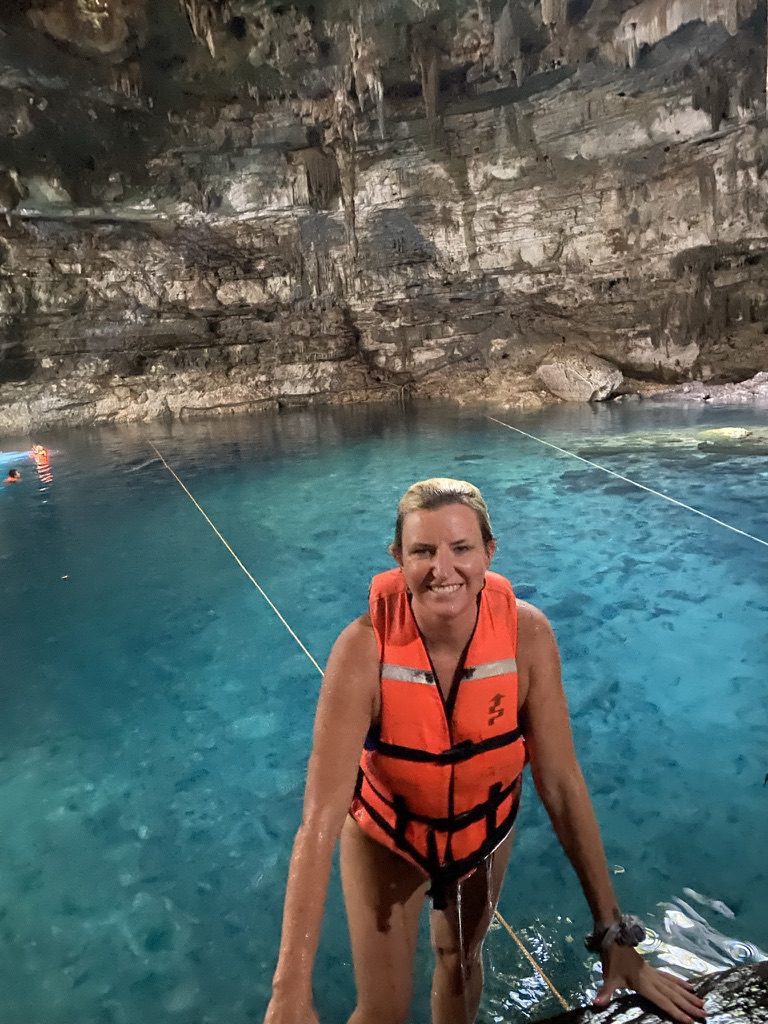
Cenotes were holy sites to the Maya, used as portals to communicate with the gods. The word cenote is derived from the Yucatec Mayan word dzonot, meaning ‘well.’ This vast network of fractures drains the rainwater from the surface into many vast underground river systems. This source of fresh water made life possible, as the limestone soil of the Yucatan Peninsula makes lakes or lagoons almost impossible. There are different kinds of cenotes, cave, semi-open and open. Cave cenotes are the youngest, whereas in an open cenote the cave ceiling has fallen in. The Sistema Sac Actun, located in the Riviera Maya, is the world’s longest underground cave at 350 km and is home to over 226 cenotes.
To the Maya people, cenotes were the entrance to the underworld, Xibalbá, and the god of rain, Chaac, was believed to live at the bottom of these sacred wells. The Maya performed rituals and ceremonies at sacred cenotes to ask for rain and good crops. Cenotes were a symbol of fertility, and according to some researchers, they represented the female womb. Religious objects and human skeletons have been found at the bottom of some of these sinkholes, including the Sacred Cenote in Chichen Itza – leading to the theory that they were used by the Maya for human sacrifice. Archaeologists have discovered 9000-year-old human bones as well as the bones of animals from the time of the ice age.
If you visit a cenote, remember to away any garbage, only use sunscreen, suntan lotion and insect repellents friendly to the environment, and follow all the safety guidelines. I also recommend wearing water shoes as the steps into the cenote can are steep and can be slippery. Lifejackets are required and cost 25 pesos for each cenote.
Puerto Escondido, Mexico: An Ocean-Lover’s Paradise
With its laid-back, bohemian vibe, Puerto Escondido, Mexico, is perfect for ocean-loving, adventurous women who want to reconnect with nature.
#3: Chitzen Itza
The Maya did not measure time as we do; for them, time was not linear but cyclical, as were the lives of the gods.
Chichen Itza is one of those places where the Maya’s astronomical knowledge, stunning architecture and incredible geometry is on full display.
The first thing I see is El Castilo, or Pyramid of Kukulcan, the iconic symbol of Chichen Itza. This four-sided pyramid, with a rectangular temple on the top, was built in 1500 BC to calculate the time of year when the hours of day and night are equal. There are 91 steps on each side, and with the platform, makes 365 steps.
During the spring equinox (between March between 19 and 23), thousands gather to witness the phenomena of the light and shadow movements, where it appears that a 120-foot length snake is descending the steps of the Castillo Pyramid. Now there are light shows every night, making me wish I had stayed at one of the nearby hotels.
Two hours was not enough to take in all the sights of Chichen Itza: the Ball Game (Pok-a-tok), which represents the symbolic recreation of the mythical combat between night and day; the Platform of the Skulls (or Tzompantli) ,a large, flat platform decorated by skulls; the Temple of the Warriors, a 40-foot high structure 40 feet high showing reliefs of warriors and eagles and jaguars devouring human hearts. I had hoped to see the Toltec warriors however, we weren’t permitted to enter the building nor walk up any of the steps. The stunning Thousand Columns Group were built between 900 A.D. and 1200 A.D. and once had a roof; these were believed to be great meeting halls.
I see now why this is the most visited UNESCO world heritage site in Mexico; it is truly breathtaking.
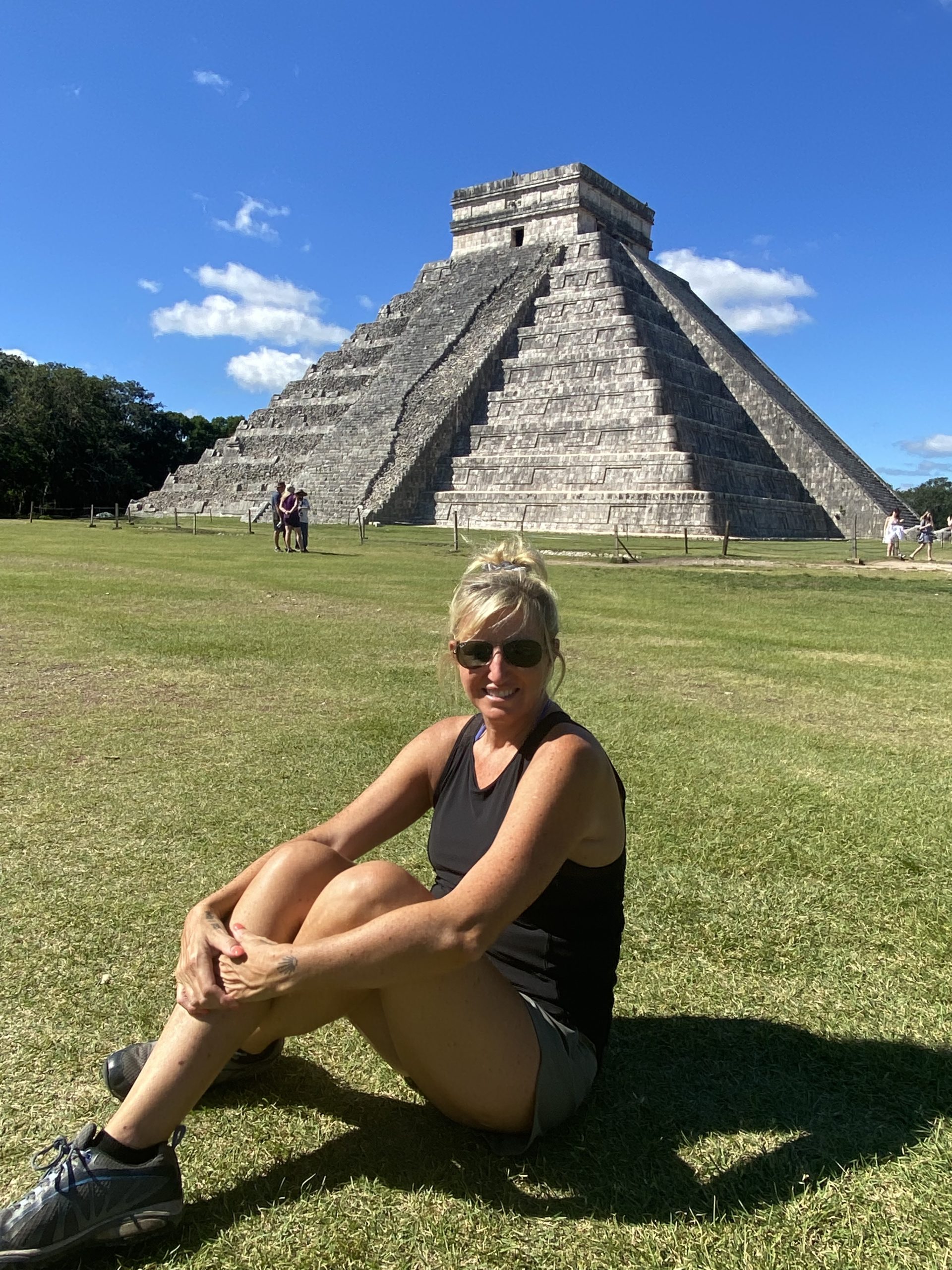
Chitzen Itza is worth spending a day at / Photo credit Carolyn Ray
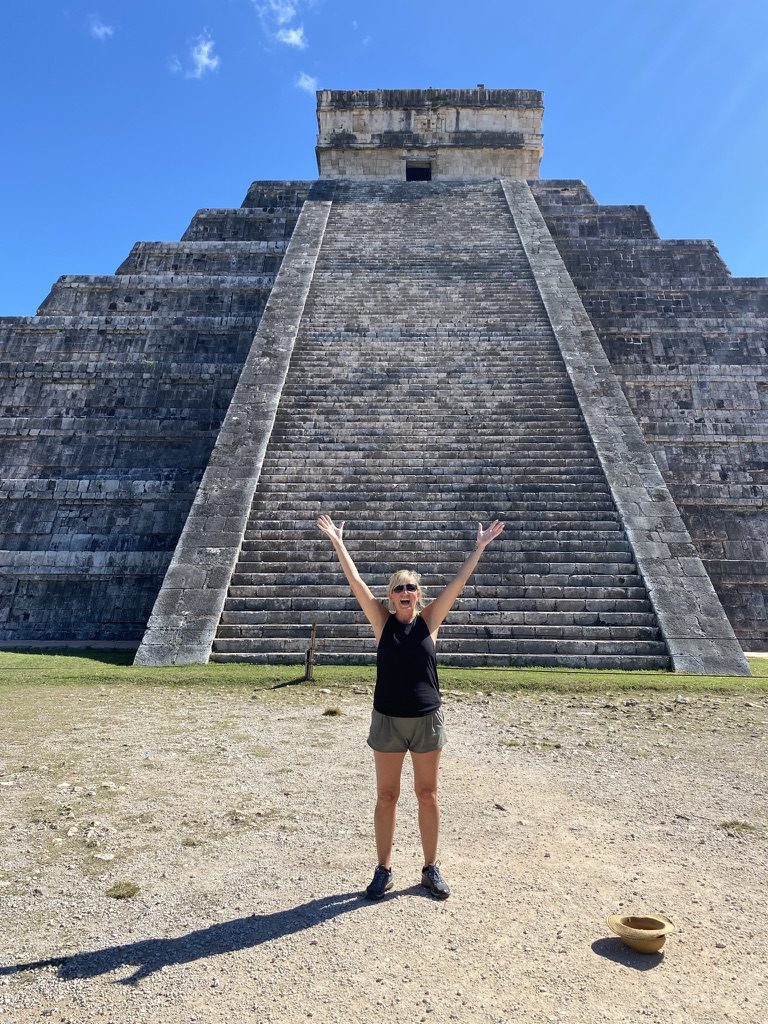
If only I could have climbed the pyramid/ Photo credit Carolyn Ray
#4: Izamal (“La Ciudad Amarilla” or “The Yellow City”)
According to my guide, Philippe, there is some debate about whether Izamal, a small town near Merida was painted yellow after Pope John Paul II’s visit in 1993, or before. My stop in Izmal was very brief, and at night, so I didn’t get the full impact, but I did step into the massive Convent of San Antonio de Padua, and watched two weddings, one right after the other.
The name Izamal means “dew that falls from the heavens” and this is said to be the oldest city in Yucatán. What astonished me the most about this colonial town is that the pyramids are located right in the centre of town.
In fact, you can walk (or drive) right up to the massive Kinich Kak Moo pyramid (Sun-Eyed-Fire-Macaw). Even at night, I could see the dimensions were significantly larger than Chichen Itza – the base of the platform alone measures close to 600 feet square/200 sq. meters, and its total height is over 110 feet/34 meters. It is located on the north side of the Grand Plaza and was constructed between 400-600 A.D. Built over a cave, this is the largest pyramid structure by volume on the Yucatan Peninsula, and perhaps the third or fourth-largest in all of Mesoamerica.
It was a beautiful starry night and I asked myself: ‘what would any adventurous JourneyWoman do in this situation? Not that I recommend this for at night, but it felt like a once-in-a-lifetime experience to climb it, so I did. It’s hard to believe that rocks can stay in position for 3,000 years, but none slipped out as I climbed rocky steep and uneven stairs to the top. The view from the top was astonishing, like being on the top of a mountain, looking down on the city and the vastness beyond. Above, stars shimmered – I imagined the Maya would have looked at these same stars in wonder, just as I was doing.
#5 Ria Celestun Biosphere Reserve
Celestun is about 60 minutes outside Merida. There are many private tours offered; I would recommend renting a car and driving out as it’s pretty straightforward. There are really only two places to stop: first, at the boats that take you out on the river to see the flamingos, and the Celestun beach, which is a nice place for lunch on the ocean and a swim. There are many tours of the flamingoes there too, but I would recommend the lagoon, which is basically the first stop coming into Celestun – you can’t miss it.
According to our guide, there are approximately 40,000 birds in Celestun, best seen in the large lagoon between November and March, with December being the best time. When it rains in March, the birds find shallower water and can be harder to find. There is no guarantee you will see large groups of flamingoes, as they are wild animals, so set your expectations. The guides are very good and because they’re out on the water all the time, they know where to find them. We saw one large group but didn’t get too close, so you’ll need a telephoto lens to capture the photos you see in the tourism materials. What surprised me the most was how noisy they are, even from a distance. Flamingoes live for a long time, 50 years. in the wild, and they move between Celstun and Rio Lagartos which is on the eastern side of Yucatan, near Cancun, where they lay their eggs.
The boat tour costs 700 pesos per person and lasts about two hours. There are six people on a boat, and you’re required to keep your mask on at all times, even outdoors. In addition to flamingos, you’ll see a variety of birds, and maybe a crocodile if you’re lucky.
There are six species of flamingoes: these are the most common, American flamingoes. They lay one egg a year, and copulation occurs as the nest is being built. Both male and female feed the newborns with a kind of crop milk (from their glands). After about two weeks the chicks are on their own and form small groups to avoid predators.
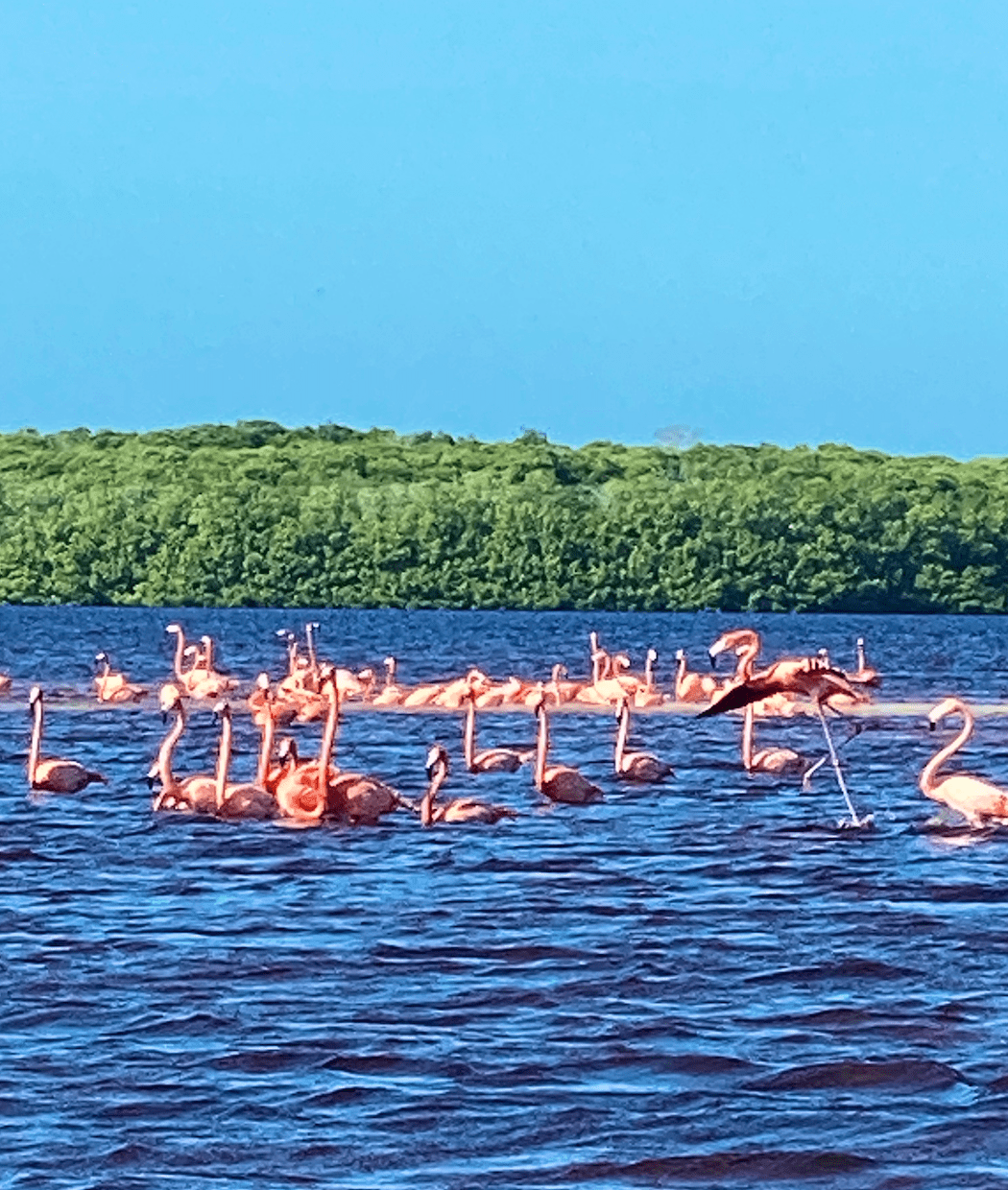
Seeing flamingoes in the wild at Rio Celestun / Photo credit Carolyn Ray
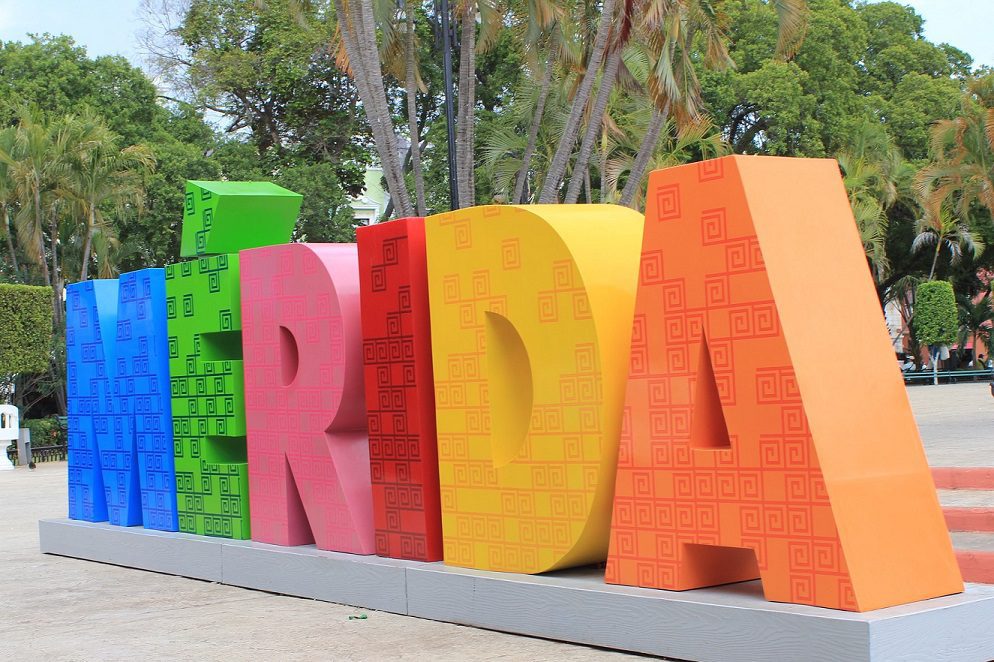
The Merida sign welcome everyone in the main square
What to skip in Merida, Mexico
Las Coloradas, part of the Ria Lagartos Biosphere Reserve on the tip of the Yucatan Peninsula to see its famous pink beaches. Honestly, the pink beaches don’t exist. Please don’t spend your time going there to see an industrial salt site that has been popularized by instagrammers.
Bacalar Lagoon in Quinta Roo on the border of Belize, another place that didn’t live up to the hype. Rather, enjoy the archaeological sites, cenotes and ocean, which is natural and plentiful.
Here’s Even More on Mexico
Women Are Keeping Traditions Alive in Chihuahua, Mexico
Featured image: The stunning Copper Canyon (Barrancas del Cobre), has a gulf four times bigger than the Grand Canyon | Photo by wirestock on EnvatoChihuahua has some of Mexico's most spectacular natural formations by Kathy Buckworth At the age of 61, I was excited to...
Hidden Gems and Small Villages for Women to Explore Near Mexico City
Vibrant villages in Ixtapan de la Sal, Tecometepec, Taxco, Toluca and Metepec offer women travellers a deeper connection to Mexico.
An Insider’s Guide to the Cultural Powerhouse of Mexico City
Mexico City is overflowing with museums, food and culture, so having a knowledgeable and enthusiastic guide makes all the difference.

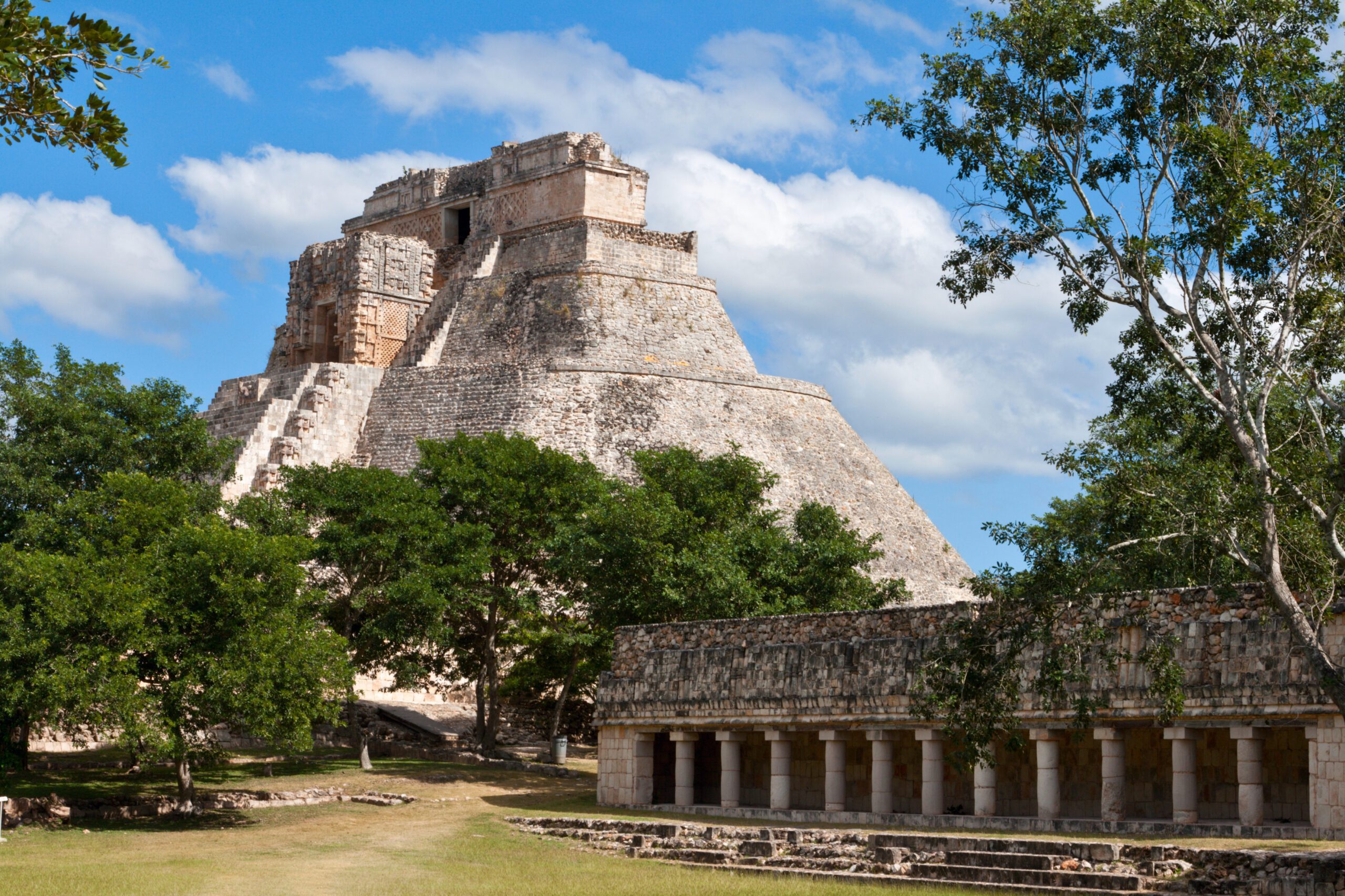


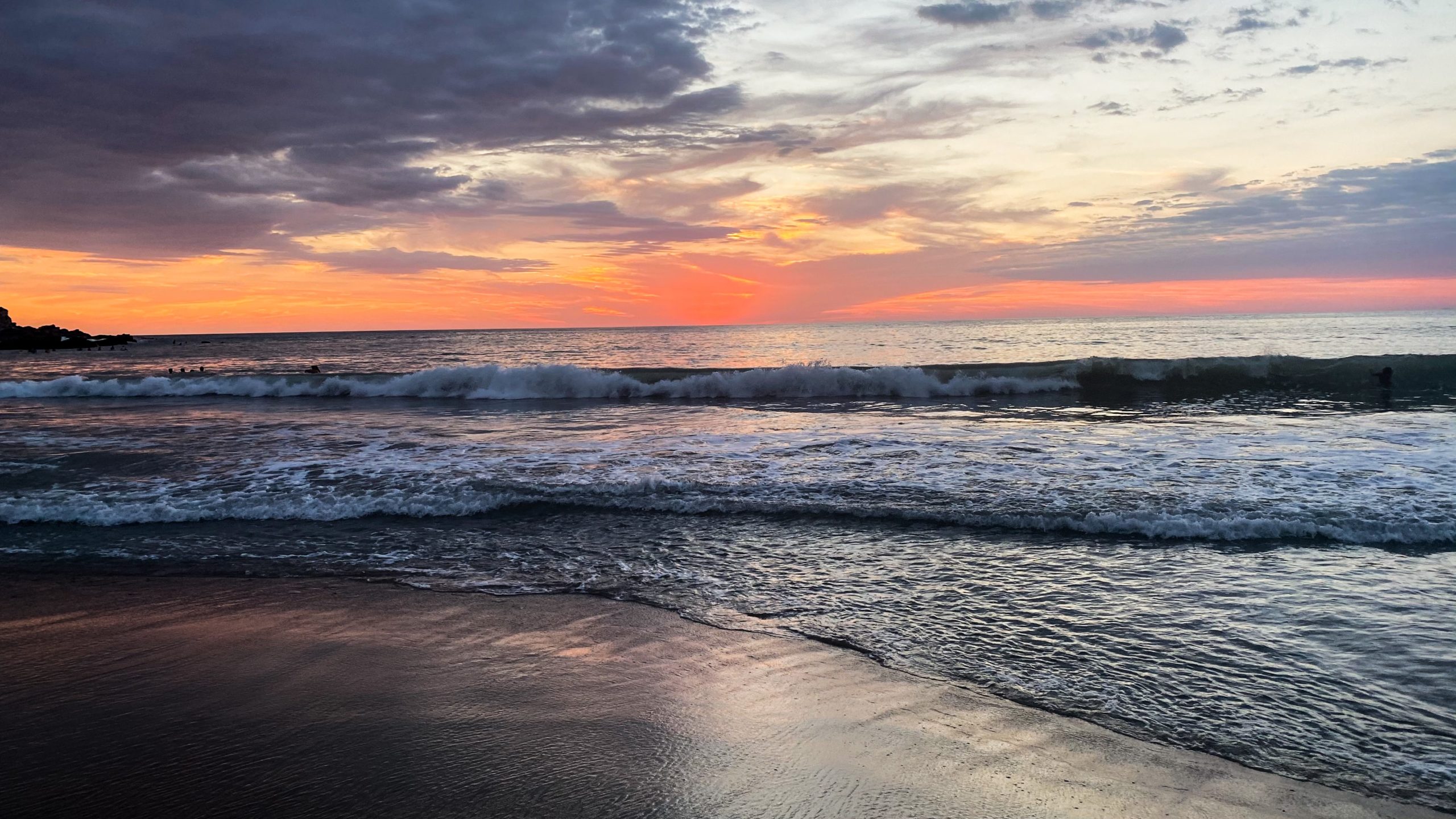
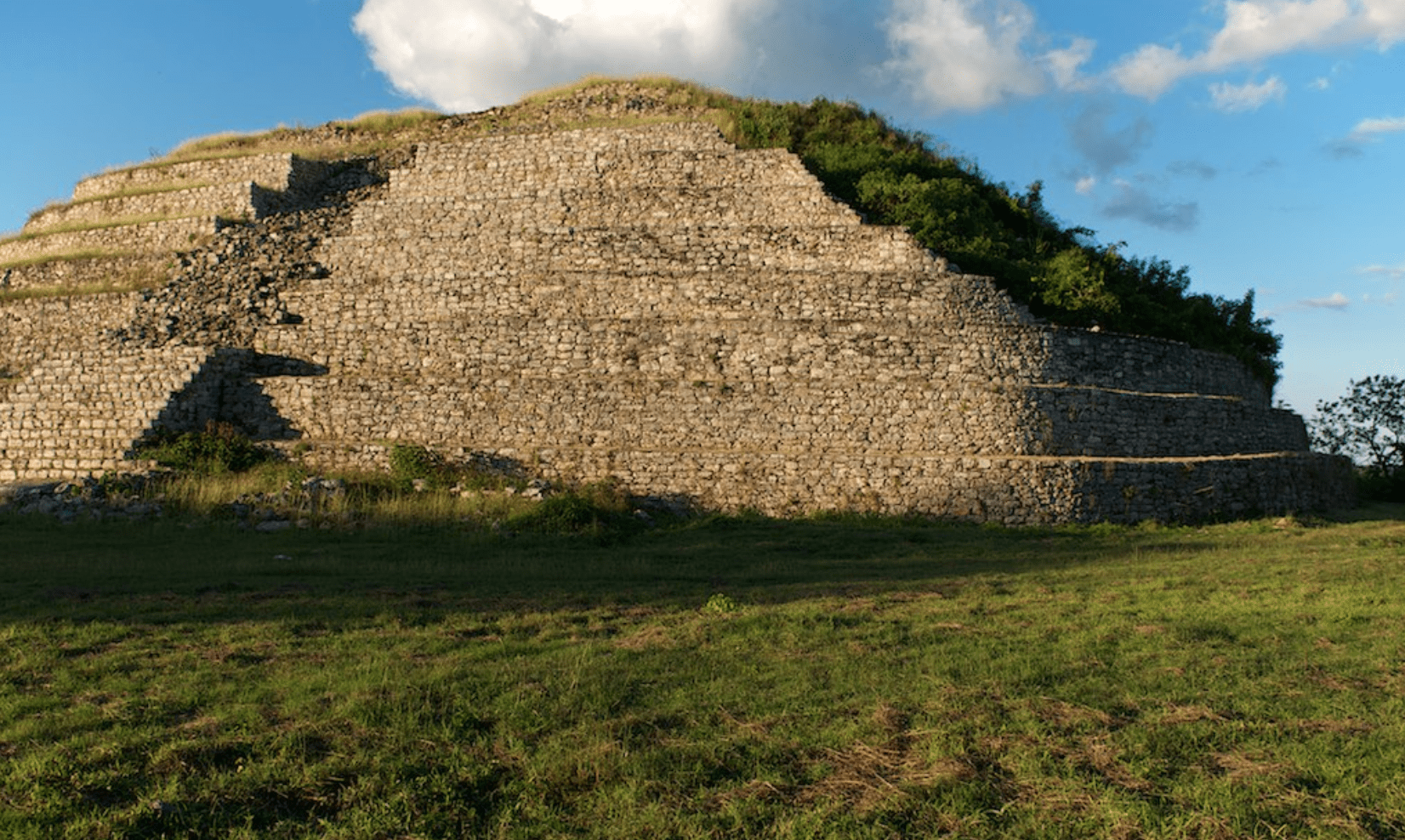
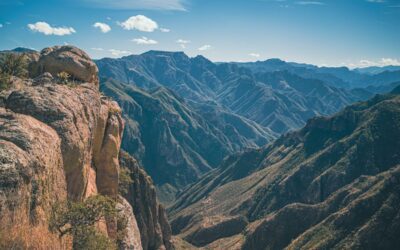

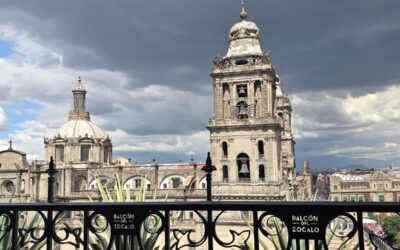
Hi Carolyn
We are going to Merida. January 14 to explore the city and for longer term stay options there Can you recommend a way to get an overview
I think we’ll miss you there
Hi Carolyn,
Your post is very intriguing and has inspired me to look into going to the Yucatán Peninsula for my first solo trip.
However, I’m not yet brave enough to drive on my own, plus gas prices and car rental rates are at an all-time high now. On the other hand, the Omnicron virus is still lingering around. You mentioned hiring private guides who you knew to be vaccinated. How does one find these guides? Do you think it’s feasible or risky to travel between cities using public buses?
Thank you for sharing your knowledge and for your guidance.
Anne
This is an excellent article. I traveled to Merida in 2013 with another woman teacher. We rented an air bnb that worked out well. I loved the cathedral. We were there on Palm Sunday and went to the service in Spanish and Latin. We also went to the Mayan sites, the beach, and to see the flamingoes. I’d like to go back again and stay longer so I can take some Spanish lessons and cooking lessons. The hero of my mystery series hails from Merida so this could turn into a research trip for me. He misses his abuela:)
Hi,
Great article! I just got back from Merida and am already planning another trip. When I click on the link to Merida: Casita with Roof Garden I get a list of homes. Do you have another link?
Thank you,
Jennifer